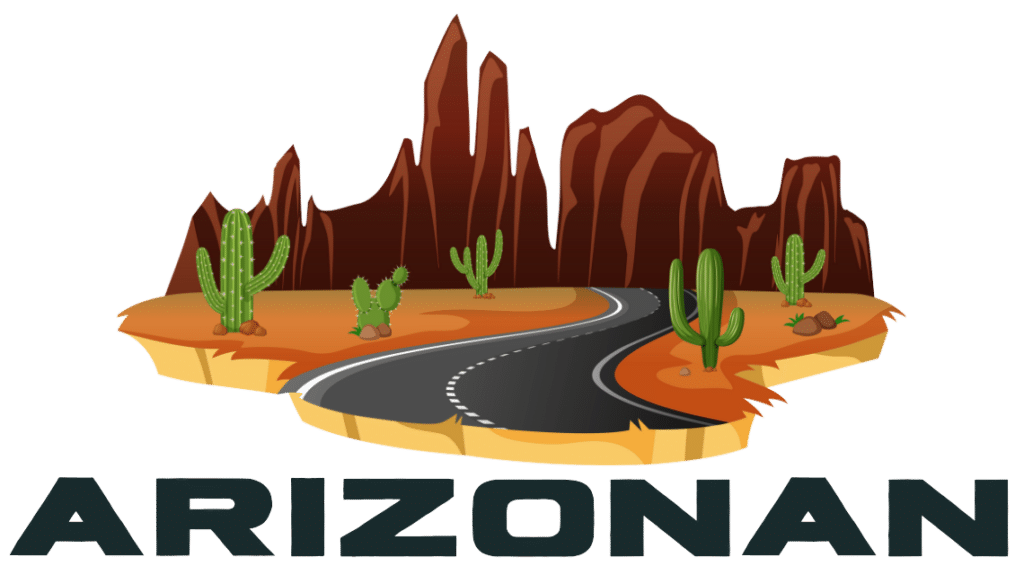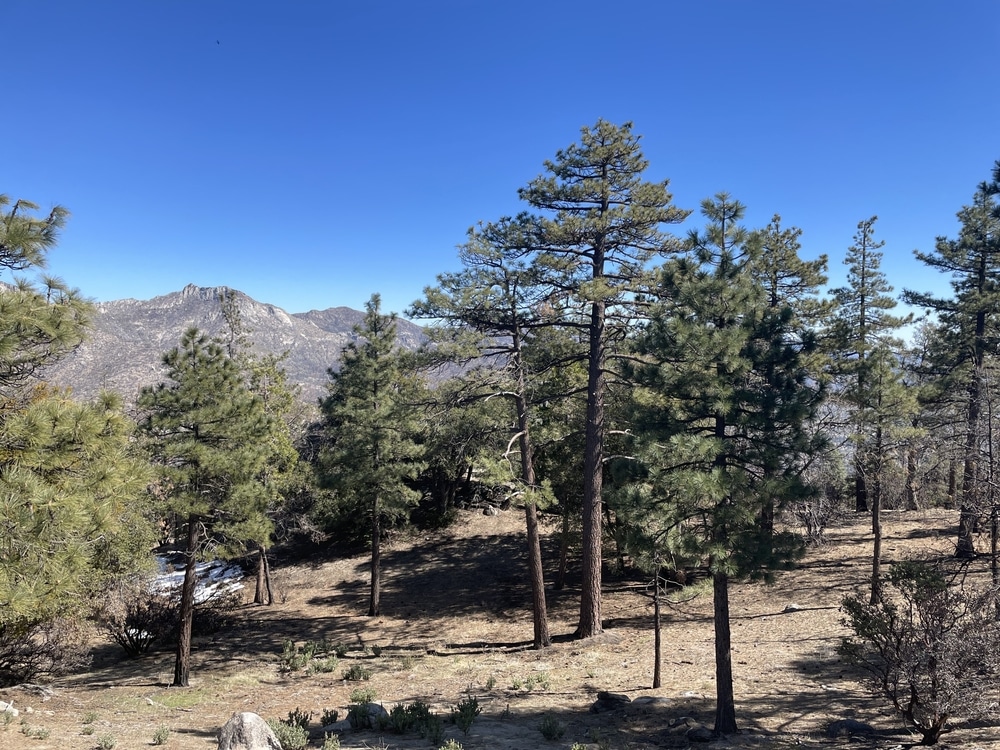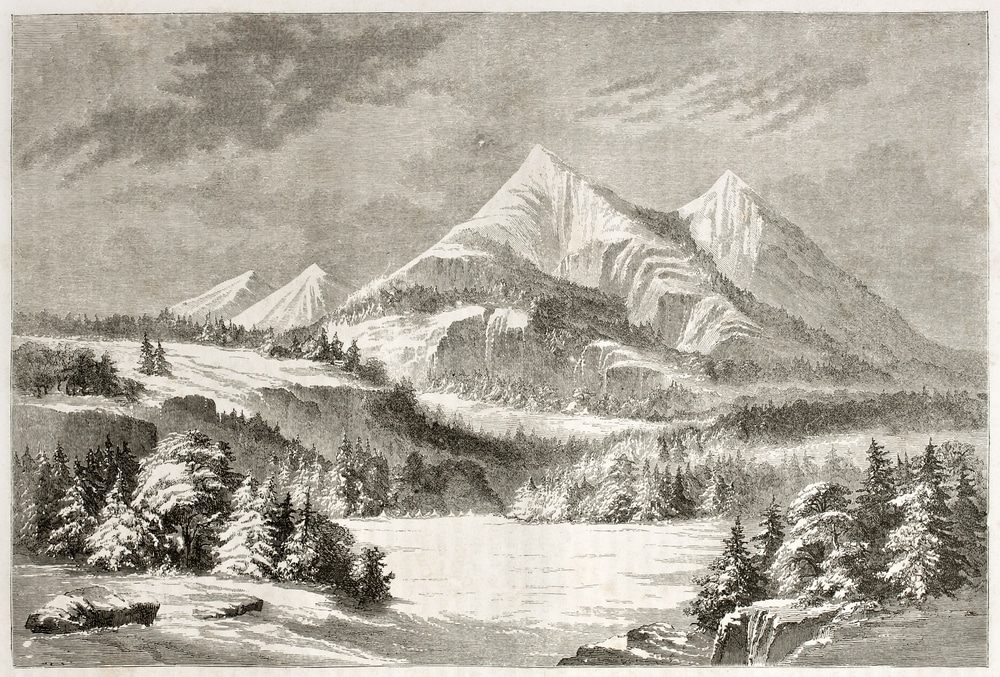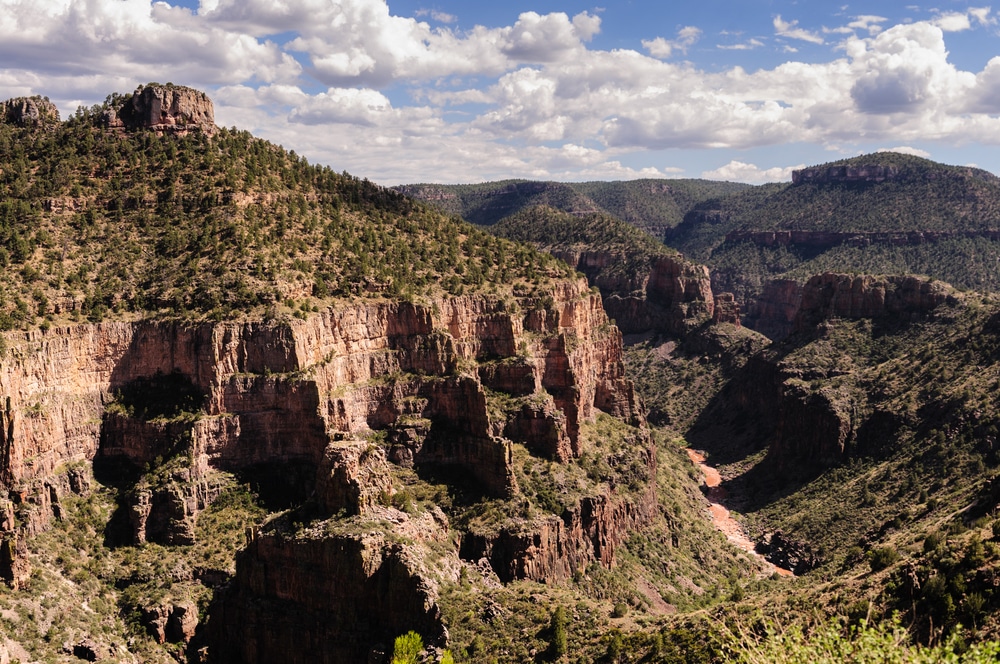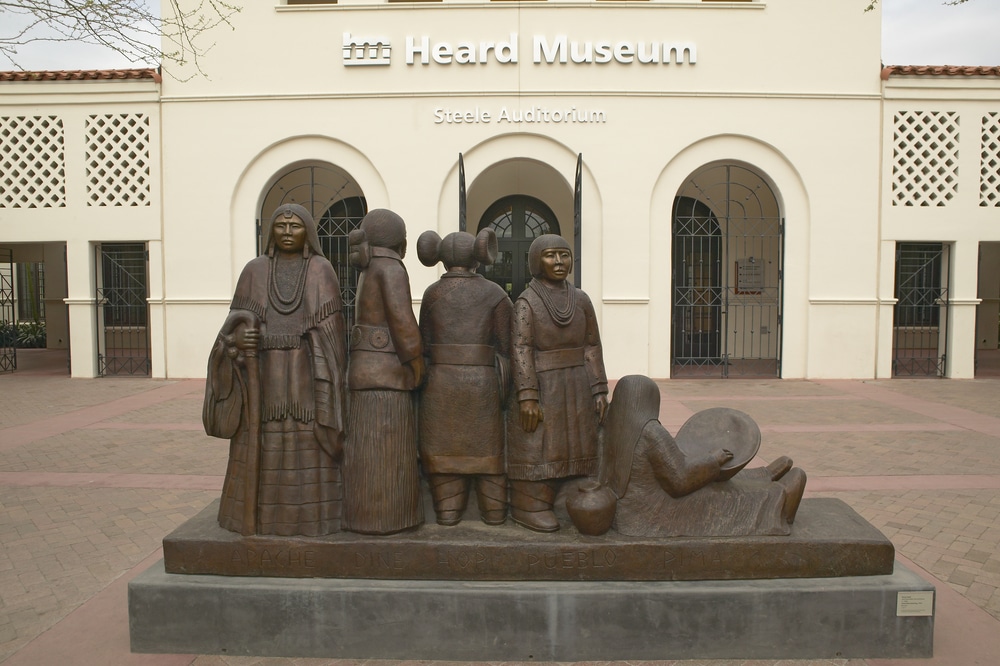In the scorching summer of 1942, a convoy of M3 Stuart tanks churned across the Sonoran Desert near Yuma, their treads crushing brittlebush and palo verde branches as temperatures soared past 120 degrees. General George S. Patton Jr., standing atop his command vehicle with his ivory-handled pistols gleaming in the desert sun, surveyed what would become the largest military training ground in American history. “If you can train here,” he told his officers, gazing across 18,000 square miles of Arizona’s harshest terrain, “you can fight anywhere from Libya to hell itself.”
The Desert Becomes a Battlefield
The attack on Pearl Harbor had thrust America into a global war, and military strategists quickly realized that American forces would likely face combat in North Africa’s desert expanses. The War Department needed a training ground that could replicate the brutal conditions of the Sahara, and they found it in the desolate stretches between the Colorado River and the mountains of western Arizona.
Patton personally selected the site after flying reconnaissance missions across the Southwest in early 1942. He chose this particular region for its punishing similarities to North Africa: extreme temperatures, vast open spaces, rugged mountain passes, and most crucially, its complete lack of water sources. The Desert Training Center, later renamed the California-Arizona Maneuver Area (C-AMA), would stretch across portions of California, Arizona, and Nevada, but its heart lay in Arizona’s western deserts.
Training Camp Locations
The Arizona portion of the training center encompassed several major camp locations, each chosen for specific tactical advantages. Camp Horn, established 20 miles east of Yuma near the Gila Mountains, served as a crucial supply depot and tank training facility. The camp’s location allowed troops to practice desert navigation while negotiating the treacherous volcanic rock formations that dotted the landscape—terrain remarkably similar to what they would encounter in Tunisia and Libya.
Camp Laguna, positioned between Yuma and the Colorado River, specialized in river crossing operations and amphibious training. Though it seems incongruous in the desert, military planners recognized that desert warfare often involved sudden encounters with wadis and rivers that could become raging torrents during flash floods. The Colorado River provided the perfect training ground for these scenarios.
Perhaps the most challenging of Arizona’s camps was Camp Hyder, located in the Hyder Valley approximately 50 miles east of Yuma. This camp pushed soldiers to their absolute limits, with summer temperatures regularly exceeding 125 degrees Fahrenheit. Water had to be trucked in from 40 miles away, teaching quartermasters the critical logistics of desert supply lines that would prove essential in North Africa.
Life in the Desert Camps
For the nearly one million soldiers who trained in the Desert Training Center between 1942 and 1944, life was a constant battle against the elements. Private First Class Robert Johnson of the 7th Armored Division recorded in his diary: “The desert is our first enemy. Rommel will be the second. Sand gets into everything—our food, our weapons, our lungs. The heat makes metal untouchable by noon. We’ve learned to wrap our hands before touching anything on the tanks.”
Training began before dawn to avoid the worst heat. Tank crews practiced formations across vast desert plains, learning to navigate by compass and stars since landmarks were scarce. Infantry units marched 20 miles daily in full combat gear, their water consumption carefully monitored to prepare them for the scarcity they would face overseas. Medical corps personnel treated more scorpion stings and heat casualties than any combat wounds they expected to encounter.
Camp Living Conditions
The camps themselves were spartan affairs. Soldiers lived in pyramidal tents that provided little relief from the heat. Mess halls were often nothing more than field kitchens under camouflage netting. Recreation consisted of baseball games played on diamonds carved from the desert floor and movies projected onto sheets stretched between trucks. The isolation was profound—the nearest town to Camp Hyder was Agua Caliente, barely more than a wide spot in the road with a single general store.
Impact on Indigenous Communities
Indigenous communities, particularly the Tohono O’odham Nation and the Quechan Tribe near Yuma, found their traditional lands suddenly transformed into military training grounds. While some tribal members found employment as scouts and guides, sharing their invaluable knowledge of desert survival, others watched with concern as tank treads scarred ancient paths and artillery exercises disturbed sites of cultural significance.
Innovation Born from Adversity
The extreme conditions of the Arizona camps drove remarkable innovations in desert warfare. At Camp Horn, mechanics developed new air filtration systems for tanks after standard filters clogged within hours in the fine desert dust. They experimented with different track designs to prevent tanks from bogging down in sand and created improvised cooling systems for ammunition storage.
Water Conservation and Survival Techniques
Water conservation became a science. Soldiers learned to survive on less than one gallon per day for all purposes—drinking, cooking, and hygiene. They developed techniques for collecting dew from metal surfaces and learned to recognize which desert plants could provide emergency moisture. These skills would prove invaluable when many of these same soldiers found themselves fighting in North Africa just months later.
Tactical Developments
The desert also served as a laboratory for new tactical doctrines. Patton pioneered combined arms operations in these vast spaces, coordinating tanks, infantry, artillery, and air support in ways that would revolutionize modern warfare. The wide-open Arizona desert allowed for massive mock battles involving entire divisions, something impossible in more populated areas.
Communications presented unique challenges. Radio operators discovered that the extreme heat created atmospheric conditions that could either extend radio range dramatically or cause complete blackouts. They developed new protocols and relay systems that would later be employed across the North African theater.
The Environmental and Human Cost
The massive military presence transformed the Arizona desert in ways still visible today. Tank tracks created erosion channels that altered water flow patterns during rare desert rains. Artillery ranges left behind unexploded ordnance that continues to pose dangers. The constant movement of heavy vehicles created roads and paths that disrupted wildlife migration patterns and damaged cryptobiotic soil crusts that take decades to regenerate.
Community Impact
Local communities experienced dramatic upheaval. Yuma’s population doubled almost overnight as soldiers on leave flooded into town. The small desert communities of Quartzsite, Bouse, and Salome suddenly found themselves serving as liberty destinations for thousands of troops. Some prospered from the military spending, while others struggled with the rowdiness and resource demands of so many young soldiers.
Resource Strain
Water resources, already scarce in the desert, were strained to the breaking point. The military drilled new wells and commandeered existing water sources, sometimes creating conflicts with local ranchers and miners. The Gila River, already diminished by upstream diversions, saw its flow further reduced as the military drew water for the camps.
Legacy in the Sand
By May 1944, the Desert Training Center had served its purpose. The North African campaign was over, and the focus of American military efforts had shifted to the Pacific and European theaters. The camps were abandoned almost as quickly as they had been built, leaving behind concrete foundations, rusted water tanks, and miles of tank tracks baked into the desert hardpan.
Visible Remains
Today, visitors to western Arizona can still find abundant evidence of this massive military presence. The Bureau of Land Management has preserved several camp sites as historical landmarks. At the former Camp Iron Mountain site, interpretive signs explain the camp’s layout and purpose. Concrete slabs that once supported mess halls and headquarters buildings remain visible, slowly being reclaimed by creosote bushes and barrel cacti.
The most poignant reminders are the informal monuments created by soldiers themselves. Rock alignments spelling out unit numbers and division insignias dot the landscape. At Camp Granite, soldiers of the 3rd Armored Division created an enormous rock outline of their triangular division patch that remains clearly visible from the air eight decades later.
Memorial Highway
The Desert Training Center Memorial Highway (US Route 95) between Yuma and Quartzsite commemorates this chapter of Arizona history. Historical markers along the route identify former camp locations and training areas. The General Patton Memorial Museum, though located just across the border in California, serves as the primary repository of artifacts and information about the Desert Training Center, including extensive exhibits on the Arizona camps.
Modern Connections and Preservation
The military legacy continues in western Arizona. The Yuma Proving Ground, established in 1943 as part of the original training center, remains one of the Army’s premier testing facilities for equipment in extreme conditions. Marine Corps Air Station Yuma carries on the tradition of desert warfare training, with modern pilots learning to fly in the same challenging conditions that tested World War II aviators.
Historical Documentation
Local historical societies have worked to preserve and document the Desert Training Center’s history. The Yuma County Historical Society maintains archives of photographs, letters, and oral histories from veterans who trained in the desert camps. The Arizona Historical Society has collected artifacts ranging from canteens specially designed for desert use to detailed maps showing tank battle formations.
Archaeological Discoveries
Archaeological surveys have revealed unexpected insights into daily life at the camps. Recent excavations at Camp Laguna uncovered improvised jewelry made from spent shell casings, suggesting soldiers found creative ways to pass time and create mementos. At Camp Hyder, archaeologists discovered an elaborate underground cooling system that soldiers had constructed to create a makeshift refrigeration unit for medical supplies.
Environmental Restoration
Environmental restoration efforts continue at former training sites. The Arizona Department of Environmental Quality works with federal agencies to identify and remove unexploded ordnance. Biologists study how desert ecosystems have recovered—or failed to recover—from the intensive military use. Some areas show remarkable resilience, while others still bear scars from tank maneuvers conducted 80 years ago.
Visiting the Desert Training Center Sites Today
Historic Sites and Attractions
📍 Desert Training Center California-Arizona Maneuver Area Monument
- Location: US Route 95, 30 miles north of Yuma, AZ
- 📞 Phone: BLM Yuma Field Office (928) 317-3200
- 🌐 Website: blm.gov/visit/desert-training-center
- 🕒 Hours: Accessible 24/7 (outdoor site)
- 💰 Admission: Free
- ♿ Accessibility: Paved parking area, but historical sites require walking on uneven desert terrain
📍 Camp Laguna Historical Marker
- Location: Interstate 8, 15 miles east of Yuma, AZ
- 📞 Phone: Yuma Visitors Bureau (928) 783-0071
- 🌐 Website: visityuma.com
- 🕒 Hours: Accessible 24/7 (roadside marker)
- 💰 Admission: Free
- ♿ Accessibility: Paved pullout area
📍 Yuma Quartermaster Depot State Historic Park
- Address: 201 N 4th Ave, Yuma, AZ 85364
- 📞 Phone: (928) 329-0471
- 🌐 Website: azstateparks.com/yuma-quartermaster
- 🕒 Hours: Tuesday-Sunday, 9 AM – 5 PM (closed June-September)
- 💰 Admission: $5 adults, $2 children 7-13
- ♿ Accessibility: Most buildings and exhibits wheelchair accessible
📍 Castle Dome Museum
- Location: Castle Dome Mine Road (off US-95), 20 miles north of Yuma
- 📞 Phone: (928) 920-3062
- 🌐 Website: castledomemuseum.org
- 🕒 Hours: October-April, Tuesday-Sunday 10 AM – 5 PM
- 💰 Admission: $10 adults, $5 children
- ♿ Accessibility: Limited accessibility due to historic mine site terrain
Additional Resources
For those interested in deeper exploration, the book “Patton’s Desert Training Center” by John S. Lynch provides comprehensive coverage of all camp locations. The Center for Desert Archaeology offers guided tours of selected sites during cooler months. The Yuma County Library maintains a special collection of Desert Training Center materials, including detailed maps and veteran interviews available for research.
Conclusion
The story of the Desert Training Center reminds us that Arizona’s deserts have served not only as barriers to be conquered but as teachers of resilience and adaptation. In the very harshness that Patton sought for training his troops, we find a landscape that shaped a generation of soldiers and left an indelible mark on the American Southwest. Today’s visitors traversing Highway 95 drive through what was once the world’s largest military training ground, where the desert itself was both classroom and adversary in preparing for victories half a world away.
